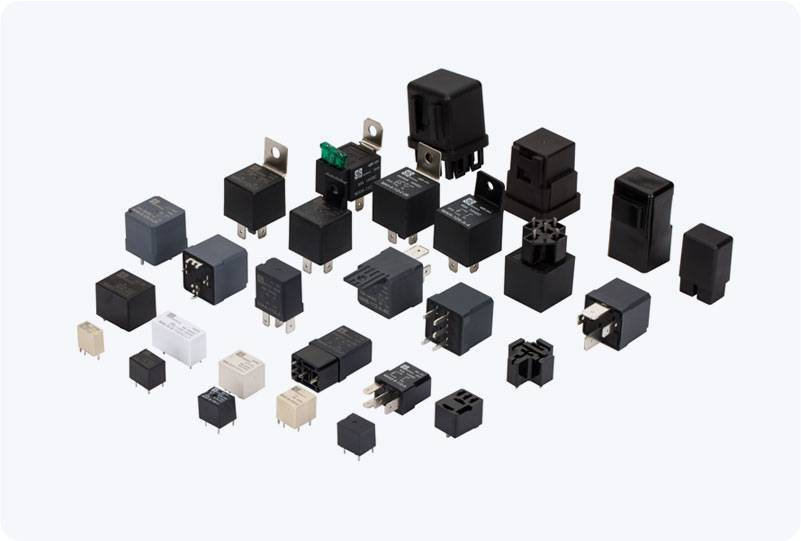Thermal management is a critical aspect of ensuring the reliability and longevity of electronic systems, especially as devices continue to become more powerful and compact. Among the various components designed to regulate temperature in these systems, the Thermal Management Relay (TMR) plays a crucial role in maintaining optimal operating conditions. In this article, we will explore what a thermal management relay is, its functionality, applications, and the benefits it brings to various industries.

What is a Thermal Management Relay? A Thermal Management Relay is an electrical device designed to regulate temperature by switching electrical circuits on or off based on temperature readings. It works in conjunction with temperature sensors to monitor and control the heat within a system. The relay typically uses a thermal sensor, like a thermistor or thermocouple, to detect temperature variations and trigger actions, such as activating or deactivating cooling mechanisms or heating elements. These relays are equipped with temperature thresholds that can be preset or adjusted depending on the specific needs of the system. When the system reaches a critical temperature point, the relay will activate cooling devices, such as fans or liquid cooling systems, or turn off the system to prevent overheating. In colder conditions, the relay can also activate heating devices to keep components within their recommended operating temperature range.